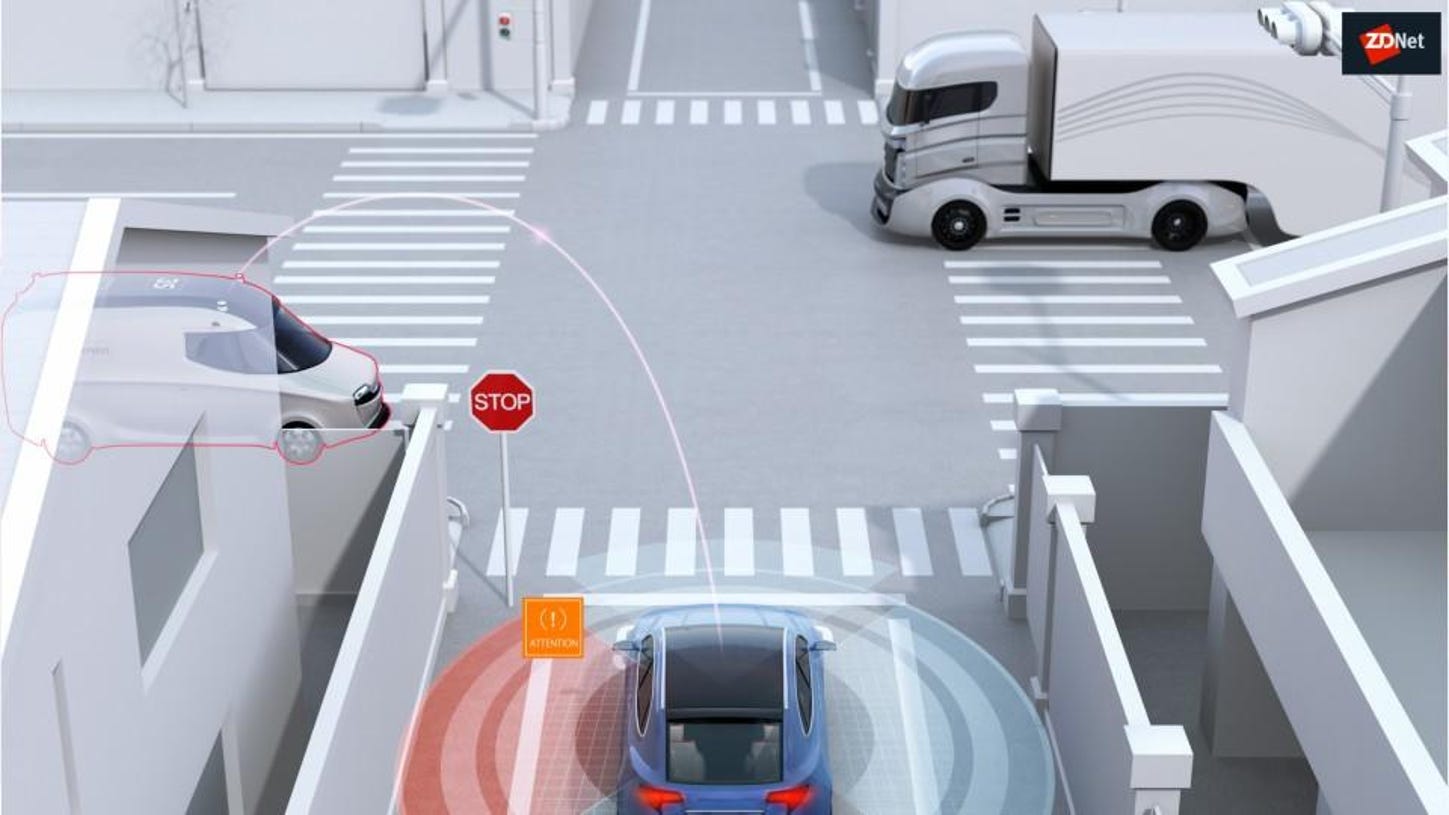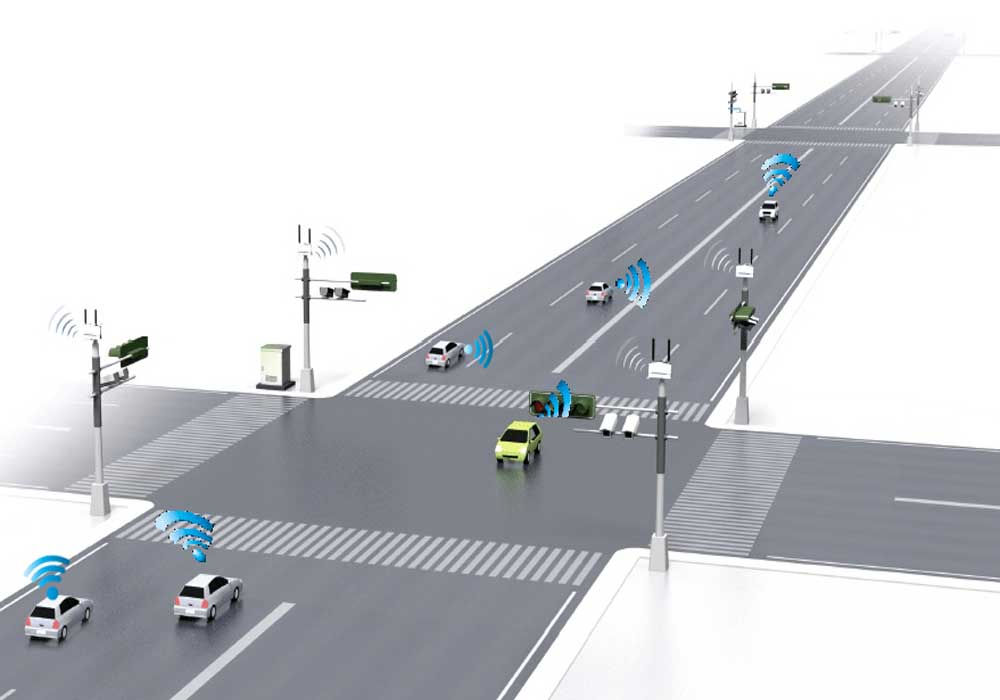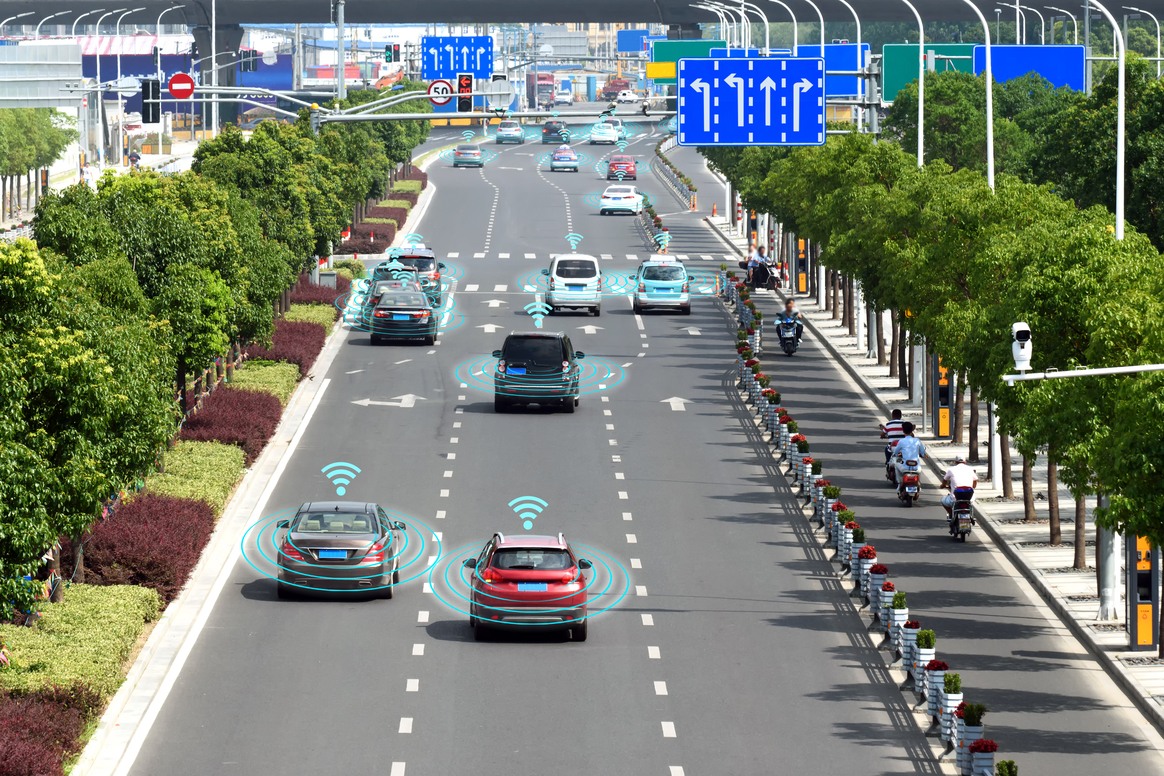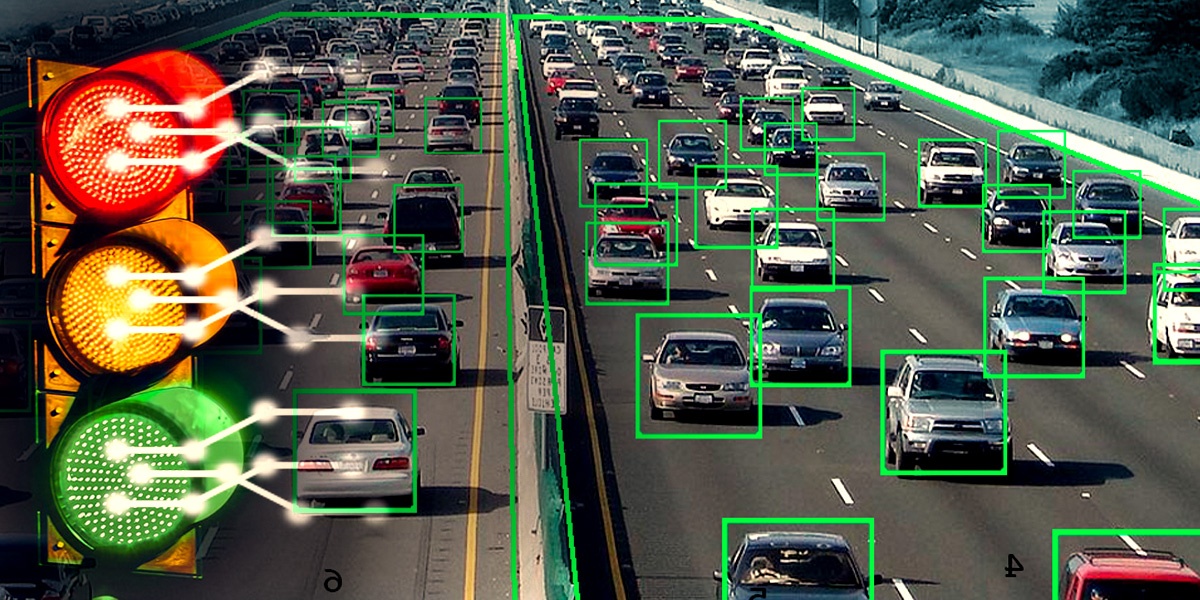Artificial Intelligence (AI)-Powered Smart Traffic Management: A Guide for Cities
Introduction
Traffic congestion is a major problem for cities around the world. It can lead to delays, pollution, and frustration for drivers. In recent years, artificial intelligence (AI) has emerged as a promising solution to this problem. AI-powered smart traffic management systems can use sensors, cameras, and other data to collect information about traffic conditions in real time. This information can then be used to optimize traffic flow and reduce congestion.
How AI-Powered Smart Traffic Management Systems Work
AI-powered smart traffic management systems typically use a combination of sensors, cameras, and other data sources to collect information about traffic conditions. This information is then fed into an AI algorithm, which uses it to generate predictions about traffic flow. The algorithm can also be used to optimize traffic signals and other traffic control measures.

Benefits of AI-Powered Smart Traffic Management Systems
AI-powered smart traffic management systems can offer a number of benefits for cities, including:
- Reduced congestion: By optimizing traffic flow, AI-powered smart traffic management systems can help to reduce congestion and delays. This can improve travel times for drivers and reduce the amount of time wasted in traffic.
- Increased safety: By identifying and responding to traffic problems quickly, AI-powered smart traffic management systems can help to improve safety on the roads. This can reduce the number of accidents and injuries.
- Reduced pollution: By reducing congestion, AI-powered smart traffic management systems can also help to reduce pollution. This is because vehicles produce less emissions when they are moving at a steady speed.
- Improved air quality: By reducing congestion, AI-powered smart traffic management systems can also help to improve air quality. This is because vehicles produce less emissions when they are moving at a steady speed.
- Reduced fuel consumption: By reducing congestion, AI-powered smart traffic management systems can also help to reduce fuel consumption. This is because vehicles use less fuel when they are moving at a steady speed.

Challenges of AI-Powered Smart Traffic Management Systems
While AI-powered smart traffic management systems offer a number of benefits, there are also a number of challenges that need to be overcome. These challenges include:
- Cost: AI-powered smart traffic management systems can be expensive to implement and maintain.
- Data privacy: There are concerns about the privacy of data collected by AI-powered smart traffic management systems.
- Bias: AI algorithms can be biased against certain groups of people, such as minorities or the elderly.
- Acceptance: There may be resistance to AI-powered smart traffic management systems from drivers who are not familiar with them or who are concerned about their privacy.

The Future of AI-Powered Smart Traffic Management Systems
Despite the challenges, AI-powered smart traffic management systems offer a promising solution to the problem of traffic congestion. As the technology continues to develop, these systems are likely to become more affordable, more accurate, and more widely accepted. This will make them an increasingly valuable tool for cities looking to improve traffic flow, reduce congestion, and improve safety.
Conclusion

AI-powered smart traffic management systems are a promising new technology that can help cities to reduce congestion, improve safety, and protect the environment. As the technology continues to develop, these systems are likely to become more affordable, more accurate, and more widely accepted. This will make them an increasingly valuable tool for cities looking to improve the quality of life for their residents.
How AI Can Be Used to Improve Traffic Flow
AI can be used to improve traffic flow in a number of ways. One way is by using AI to optimize traffic signals. Traffic signals can be optimized to minimize delays and congestion by taking into account factors such as the current traffic volume, the presence of pedestrians and cyclists, and the weather conditions.

Another way that AI can be used to improve traffic flow is by using AI to predict traffic congestion. By using historical data and real-time traffic data, AI can be used to predict where and when traffic congestion is likely to occur. This information can then be used to adjust traffic signals, reroute traffic, and provide drivers with real-time traffic updates.
AI can also be used to improve traffic flow by developing self-driving cars. Self-driving cars can communicate with each other and with traffic infrastructure to avoid accidents and congestion. They can also be used to provide ride-sharing services, which can reduce the number of vehicles on the road.
How AI Can Be Used to Improve Traffic Safety

AI can also be used to improve traffic safety. One way that AI can be used to improve traffic safety is by using AI to detect and prevent accidents. AI can be used to monitor traffic conditions and identify potential hazards, such as vehicles that are driving too fast or that are about to run a red light. AI can also be used
Post a Comment